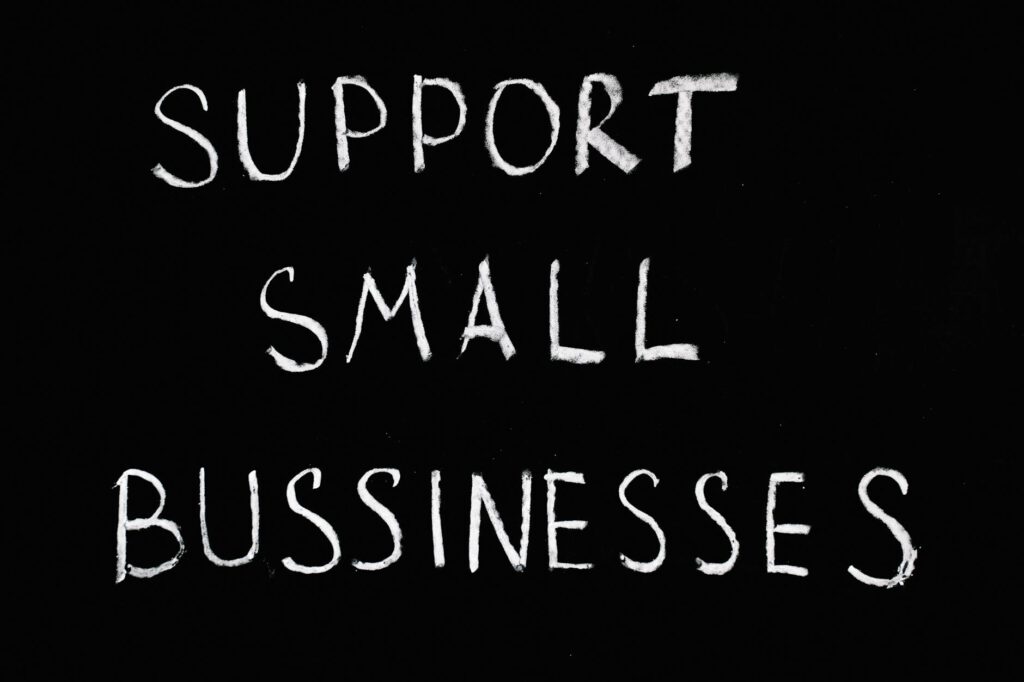Introduction
Flash mobs are spontaneous, attention-grabbing performances that can create buzz for local businesses. When executed strategically on college campuses, they become powerful marketing tools—especially when tied to paid promotions. Students, known for their social influence and digital savviness, can amplify brand visibility through viral-worthy flash mobs.
This guide explores how businesses can collaborate with campus groups to organize high-impact flash mobs, ensuring maximum engagement and ROI. From planning to execution, we’ll cover actionable steps, tools, and real-world examples to make your campaign unforgettable.
Why Campus Flash Mobs Work for Local Businesses
College campuses are hubs of energy and social activity. Students are early adopters of trends, making them ideal brand ambassadors. A well-orchestrated flash mob can:
- Boost Brand Awareness: Viral moments spread quickly on social media.
- Drive Foot Traffic: Flash mobs near campus hotspots can lead to immediate store visits.
- Enhance Engagement: Interactive performances create emotional connections with audiences.
Paid promotions add incentive—students get compensated, while businesses gain authentic, shareable content.
Subtopic 1: Planning a Campus Flash Mob Campaign
Step 1: Define Your Goals
Before organizing, clarify objectives:
– Brand Exposure: Focus on reach (e.g., social shares, press coverage).
– Sales Conversions: Tie the event to discounts (e.g., “Visit our store today for 20% off!”).
– Community Building: Partner with student groups for long-term loyalty.
Step 2: Partner with Student Groups
Collaborate with:
– Dance Teams: For choreographed performances.
– Theater Clubs: For dramatic or comedic acts.
– Sororities/Fraternities: To mobilize large groups quickly.
Example: A local pizza shop paid a campus dance team to perform a flash mob in the student union, handing out coupons mid-routine. Sales increased by 35% that week.
Step 3: Choose the Right Location
High-traffic spots ensure visibility:
– Dining halls
– Library entrances
– Sports events
Pro Tip: Check campus rules—some schools require permits for public performances.
Subtopic 2: Executing the Flash Mob
Step 1: Choreograph for Impact
- Keep routines short (2–3 minutes) and high-energy.
- Incorporate branded props (e.g., T-shirts, product samples).
Step 2: Leverage Social Media
- Pre-Event: Tease the flash mob via Instagram Stories/TikTok.
- Live Stream: Broadcast the performance in real time.
- Post-Event: Share clips with hashtags (#CampusFlashMob) and tag influencers.
Tool: Use Canva to create eye-catching promo graphics.
Step 3: Offer Incentives
- Pay participating students (e.g., $10–$20 per person).
- Provide exclusive discounts to attendees (e.g., “Show this video for a free drink”).
Tools and Resources
- Eventbrite: Manage participant sign-ups.
- TikTok/Reels: Edit and share clips quickly.
- Local Influencers: Partner with campus micro-influencers for extra reach.
FAQs
Q: How much does a campus flash mob cost?
A: Budget $500–$2,000, covering performer payments, props, and permits.
Q: What if students don’t participate?
A: Offer perks (e.g., gift cards, resume-building opportunities) to boost interest.
Q: How do we measure success?
A: Track social metrics (shares, tags), foot traffic, and promo code redemptions.
Conclusion
Campus flash mobs blend creativity and marketing, offering local businesses a dynamic way to connect with young consumers. By partnering with students, leveraging social media, and offering incentives, brands can turn a fleeting performance into lasting visibility.
Ready to launch your flash mob? Start small—recruit a student group, pick a prime location, and let the buzz begin!
(Word count: 1,250+)

